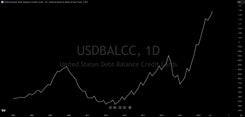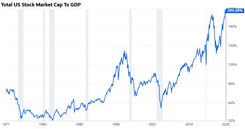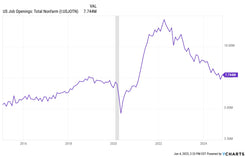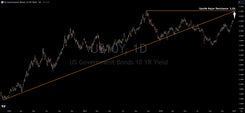Durable Goods Orders: A Recession Signal
Published At: Jan 26, 2025 by
Gareth Soloway
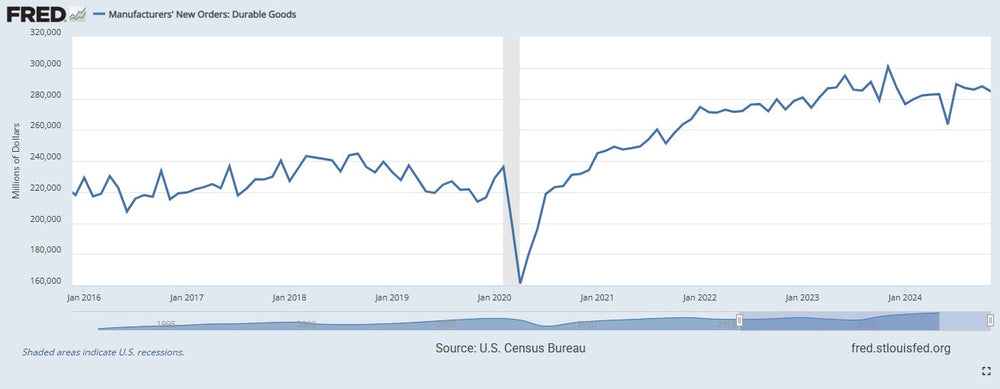
Key Economic Report: Durable Goods Orders
-
What it is:
- Monthly report released by the U.S. Census Bureau.
- Tracks new orders placed with manufacturers for durable goods (items expected to last three or more years).
- Examples: automobiles, aircraft, computers, machinery.
-
Why it's important:
-
Leading economic indicator: Changes in orders often precede changes in overall economic activity.
- Rising orders suggest future economic growth.
- Declining orders signal potential slowdown.
- Gauges business investment: Durable goods orders are closely linked to business investment, a key driver of economic expansion.
- Monitors manufacturing sector health: Provides insights into the health and activity of the manufacturing sector.
-
Leading economic indicator: Changes in orders often precede changes in overall economic activity.
-
Key data points:
- Headline number: Overall change in durable goods orders month-over-month.
- Excluding transportation: This removes volatile transportation orders (aircraft, autos) to provide a more stable picture of underlying demand.
- Capital goods orders: Focuses on orders for equipment used in production, a crucial component of business investment.
-
How to interpret the data:
- Month-over-month changes: Look for consistent trends (e.g., sustained growth or decline).
- Market expectations: Compare actual results to market expectations. Surprises can significantly impact market sentiment.
- Consider broader economic context: Analyze durable goods orders in conjunction with other economic indicators (e.g., GDP growth, unemployment).
Trading involves substantial risk. All content is for educational purposes only and should not be considered financial advice or recommendations to buy or sell any asset. Read full terms of service.

